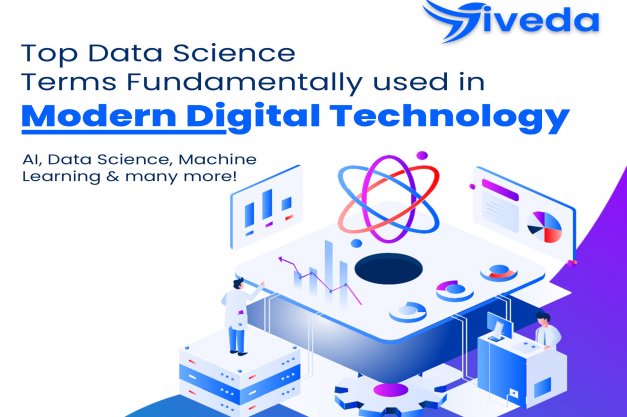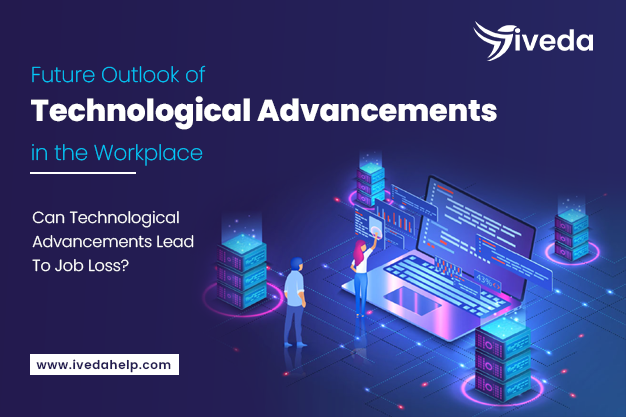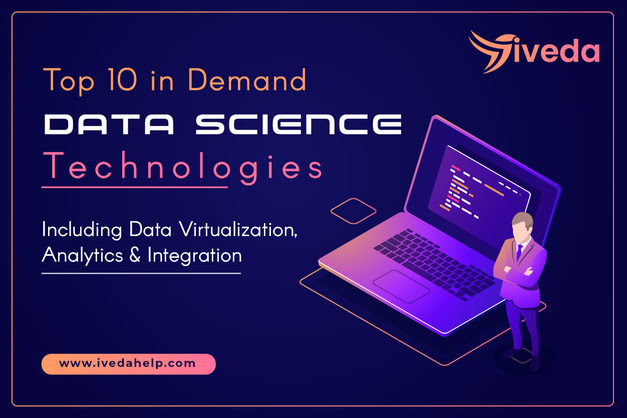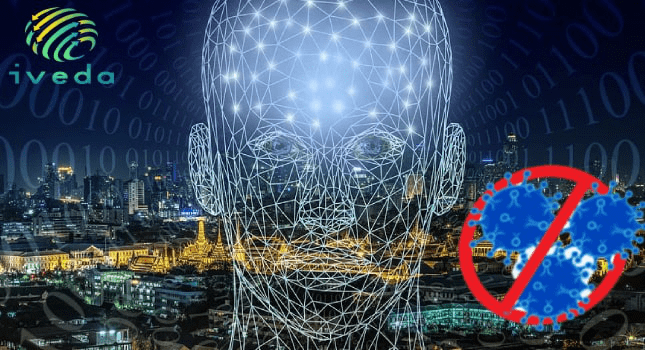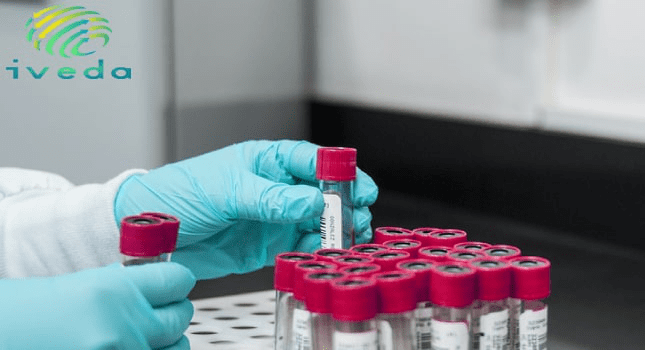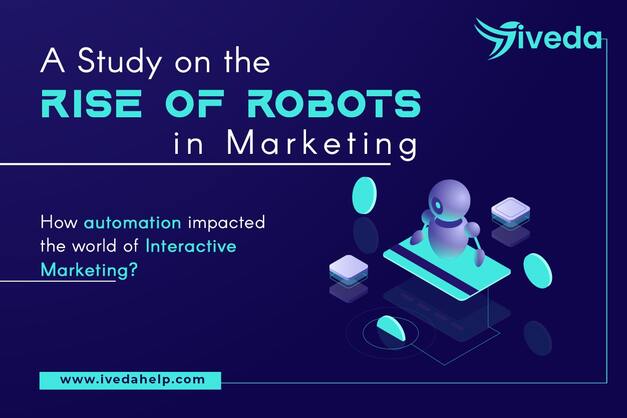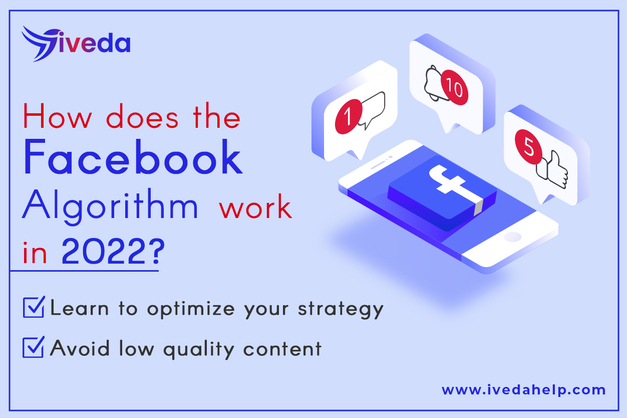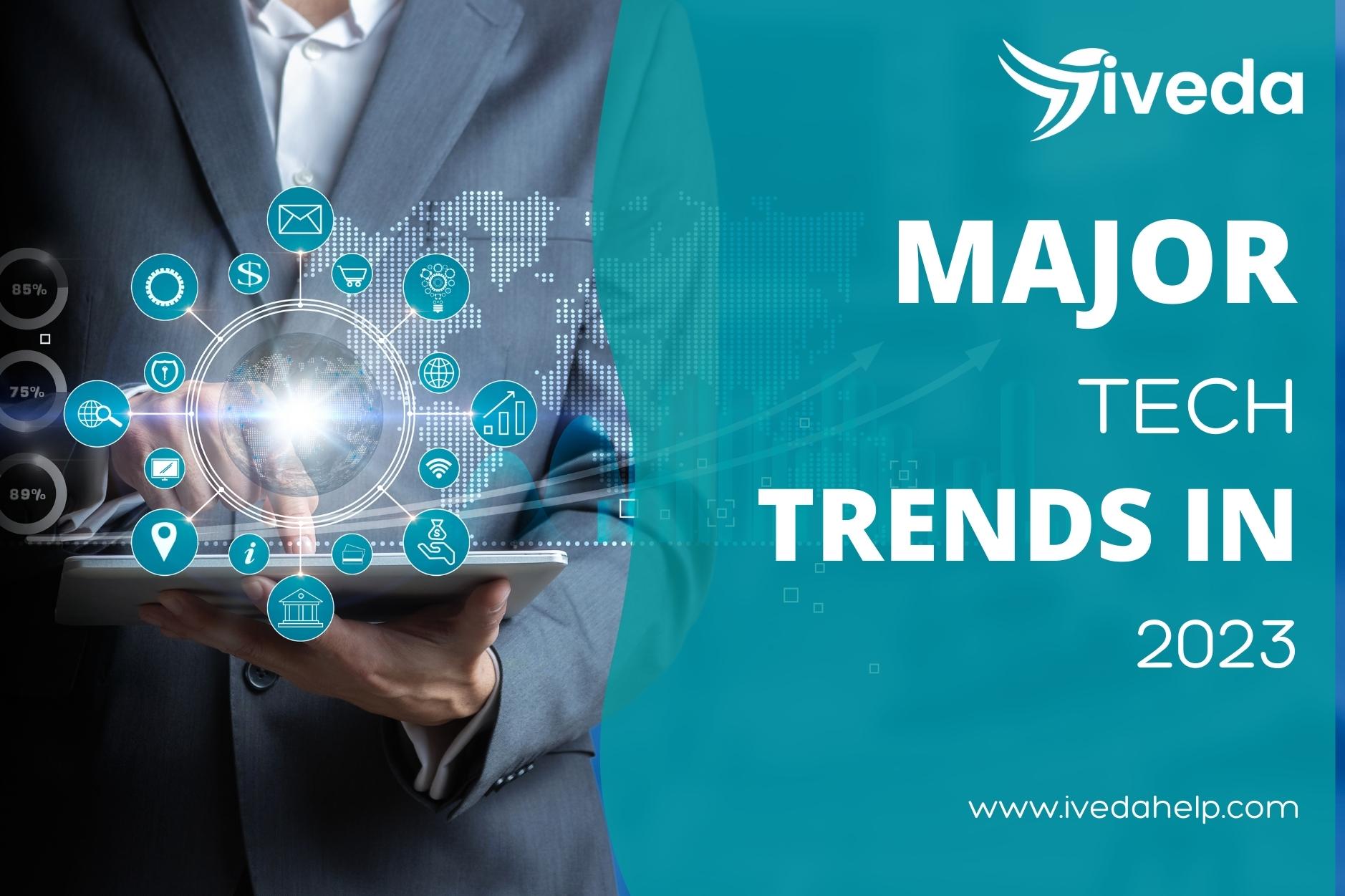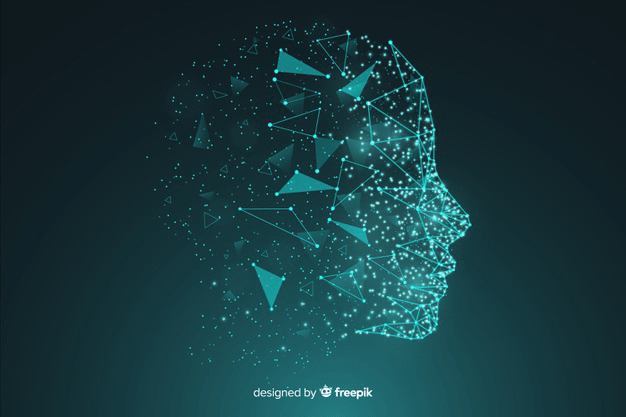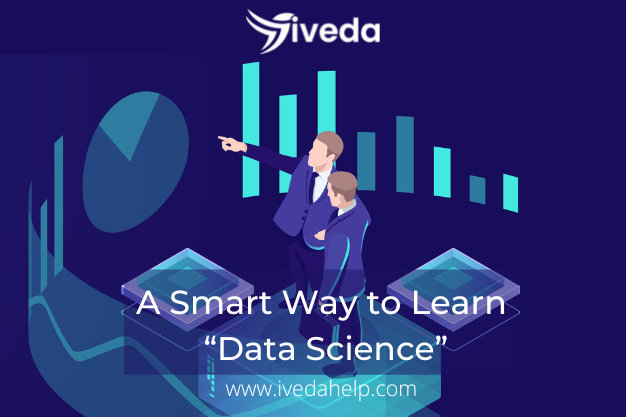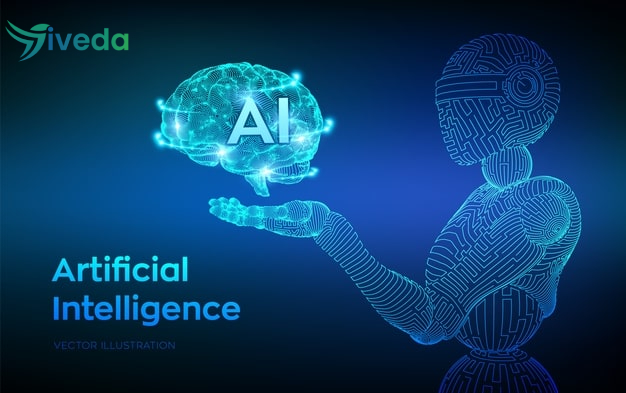Top Data Science Terms Fundamentally used in Modern Digital Technology
Data science is the novel innovation in proficient decision making technology. It solves the major purpose of data extraction, processing and analysis. The vast and complex field of data science incorporates numerous terms that make pivotal components of data science technology. This blog comprises of top data science terms that are used fundamentally in digital technology. For those who want to start a promising career in data science, this information will prove to be beneficial for raising interest and serve as a reference about the fundamental terms either in forms of acronyms or abbreviations.
The data science terms have been arranged in an alphabetic order for your convenience. Read on for the essential tips.
Data Science terms and titles with explanations
If you’re just starting out with data science, you’re likely learning a lot of new terminology. From Hadoop to munging, it can be hard to keep it all straight. That’s where a comprehensive data science glossary comes in. We’ve compiled a list of data science terms below, complete with input from experts in the field.
Algorithm
Often used in search engine platforms, it implies to a series of mathematical steps which are repeated on a cycle to perform a specific task or solve a problem related to data science. Every data science task has specific technical requirements that are filled out by algorithm calculatuions. Data scientist are in charge of implementing suitable algorithm for various tasks and carry out solutions.
Examples of data science algorithms are Naive Bayes, K Nearest Neighbours, linear and logistic regression.
Artificial intelligence
Simply understandable as machine intelligence, AI is an important component of computer and data science. Artificial Intelligence is defined as the study and development of intelligent systems in which it comes up with an alternate solution with best outcome, after making a proper analysis of its working surroundings.
There are basically three types of AI:
Narrow AI, General AI and artificial super Intelligence. So far, we have only achieved narrow or weak AI.
Examples of Artificial Intelligence applications are social network algorithms, ridesharing Apps, spam filters, etc.
API
API stands for Application Programming Interface that provides its users with a set of interactive functions which utilizes the services of a specific digital application.
Social networking sites such as Instagram, Twitter, Facebook, provides access to their user’s software applications through API. Applications such as personal information or log in details are processed through their API
Big data
Big data is a joint data science term that refers to a massive amount of data information that cannot be loaded in one computer. Big data are not handled by traditional tools and rather passed on to the advanced ones.
Business analyst
A business analyst interprets a data thoroughly and render it fit for continuation. Major business decisions are supported by the business analyst, such as a particular product sale agenda. They analyse data received from data scientists for the development and upgrading of a business.
Data analyst
Next in line are data analysts who work as data interpreters and has specialization in determining latest trends. Data analysts are responsible for coding and data interpretation. They become data scientists after gaining enough expertise and technical proficiency in computer science.
Data engineer
Data engineers, as the title suggests, are the planners who are in charge of designing and maintenance of data system deployed by data scientists. Data engineers work for preparing a quality data to be implemented in computer science. They have minor roles in data analysis, which is the primary objective of data analysts and data scientists.
Data engineers are responsible for designing and development of a software program that enables the interpretation and analysis of the data. Data engineers and data scientists work side by side with codependent mode of operation.
Data governance
Data governance is the management of the quality, relevance, solidity and protection of the available data. It usually involves a governing body that checks on the validity and relevance of data and prevents interference of the data quality and security.
Deep learning
Deep learning is a pivotal branch of machine learning that somewhat copies human cognition or neural networks linked with thinking in human beings. Artificial intelligence is reaching higher advancements that utilize deep learning technology for various applications such as, translation, voice and image recognition software.
Data mining
Data mining refers to the process of determination of pragmatic models and perceptions in data sets. The task of data mining is accomplished by data scientists through multifarious analysis techniques such as regression, classification, cluster and outlier analysis.
Data modelling
Data modelling is the procedure of turning data into predictive and utilitarian information that have reasonable outcomes.
In data modelling, complex and crude data is documented visually with help of symbols and texts.
Data set
Data set is a collection of specifically structured data. Data set are in two forms, small and simple; and large and complex.
Data science
Finally! Data science is an interdisciplinary field that works with scientific methods and systems to analyze large amounts of data to produce insight and knowledge that can be utilized to resolve problems. Data science has great application in the fields of computation, statistics, big data, analytics, data mining and computer programming
Data scientist
A data scientist is responsible for the analysis and translation of data into meaningful and logical information.
Data scientists play huge roles in business development. They collect, sort, assemble, interpret, format, design and manipulate data. Data scientists are experts in data science technology and are often in high demand.
Data visualization
Data visualization is the representation of a data in a visual context. The main aim of the graphic data representation is to make data more comprehensible. Techniques of data visualization includes charting, big data visualising, graphing, infographing, correlation matrices, network diagrams, etc.
Data wrangling
Data wrangling or data munging is the process of transforming and formatting of raw data into another format that is appropriate for data analytics. The data is made suitable for various downstream purposes through its new comprehensible structure. Data wrangling takes up a major portion of working hours of data scientists, making it one of the most tedious and important data science tools.
Decision tree
Decision tree is a decision support tool used by data scientists and analysts in order to display decisions and the possible consequences. Via the decision tree, the data is split and modified as per a specific parameter.
The visual model of the decision support tool is a tree, hence named as decision tree. It has wide applications in data mining and machine learning.
Hadoop
Hadoop is an open-source software framework that enables data scientists to process big data by utilizing bundles of hardware running simple programming models. Big data can be easily organized through Hadoop as it can manage a large amount of data on a single computer.
Machine learning
Machine learning refers to the computational process of a machine through which it learns and modify its behaviour based on the algorithm enumerated from data. It allows computer programmes to predict results without any direct human contribution.
Machine learning makes use of statistical analysis to manage and update computer functioning for promising prospects.
Machine learning engineer
After a data scientist is done with the statistical analysis required to determine which machine learning algorithm to use and transform it into a test prototype, the prototype model is then taken by the machine learning engineer for further processing. The main role of a machine learning engineer is to make the prototype model efficient for potential workable roles in a production environment.
A machine learning engineer has quite different job responsibilities than a data scientist but their work are correlated and integrated. A data scientist handles the predictive data prototype on structural and mathematical basis, whereas a machine learning engineer is expected to understand the software tools that are necessary to make those prototypes fir to be used.
Pandas
Pandas is an open-source software library for Python, built on top of NumPy( numerical Python). Pandas is one of the most widely used library in the data science world for data preparation, fast analysis, data cleaning and data manipulation. It could be taken as Python’s version of Microsoft Excel. Pandas has far more functionality and is free and distributable under the BSD license.
Pandas allows faster data processing of large datasets than Microsoft’s Excel. Data cleaning and correction can be easily accomplished through Pandas.
Python
Python is a general purpose and object-oriented high-level programming language. It is often used by data scientists and users as it provides a wide range of data science tools and applications. Serving the commercial or personal purposes, Python is a free program.
Python has an extensive array of applications such as, website development, web site applications, desktop GUI app development, and so on.
R
R is an open-source programming language and environment which is widely used for developing statistical computing and analysis. R is the most popular language in the data science community beside Python. Having a thorough knowledge of R is a prerequisite for career in data science. Though it is considered to be more difficult than Python, R has many advantageous graphical applications and data science driven packages that it is more preferable.
Reinforcement learning
It is an area of unsupervised machine learning concerned with algorithms in order to maximize reward. The machine or software agents tend to learn through a series of trials and errors with added possibilities of a reward and punishment.
The principles of positive and negative reinforcement applies in reinforcement learning. For example, the more the possibilities of errors which causes punishments in the form of loss, the more is the possibility of learning and adapting. The software agent thrives to find the best potential way to reach the reward while minimising errors. The whole self-learning mechanism is the cumulative result of these rewards and punishments which eventually improves performance.
Ruby
Ruby is a scripting and open source programming language which also has earned recognition among Python and R. However it still has a lot to achieve as it does not contain specialized libraries equivalent to Python and R.
Ruby is mainly used for web application development but also caters to other applications such as data analysis and prototyping.
SQL
SQL or Structured Query Language is a domain specific programming language that is designed to interact with relational databases and manage the data or stream process in a stream management system. It is the standard language for relational database management systems for updating and retrieving of data. Budding data scientists need to look out for SQL as it is one of the essential criteria for various technical jobs such as web designer, software developer, database administer, specialist, and so on.
Supervised learning
It is a common branch of machine learning in which a data scientist trains the machine algorithm with the use of a well labelled data. The algorithms include a wide range of techniques such as linear regression, classification, support vector machine, logistic regression, etc.
Supervised learning relies on human guidance, unlike the unsupervised learning. It has an extensive array of applications such as bioinformatics, database marketing, spam detection, information extraction, pattern recognition, speech recognition, chemiinformatics, optical character recognition, and many more
Unstructured data
It denotes to any information in the form of a data that either does not fit a predefined data model or is not acknowledged in a predefined manner.
Examples of unstructured data includes health records, images, emails, books, videos, journals, audio, documents, analog data, files, web page, presentations and many other forms of business documents.
Unsupervised learning
It is a branch of machine learning where one does not need to supervise the machine model and the algorithm does not require any human input. It refers to a self-learning technique which deals with an unlabelled data. Some experts even like to call it a true form of artificial intelligence.
Unlike the supervised algorithm which accept and utilize the labels assigned to it to classify certain human characteristics, an unsupervised algorithm tend to learn the differences and differentiate on its own.
These are the basic terms that are useful enough for the data science aspirants to start off their research about the field. Data science technology has countless applications in various sectors of the modern digital world. Begin a lucrative career and become an essential part of the data science community!

